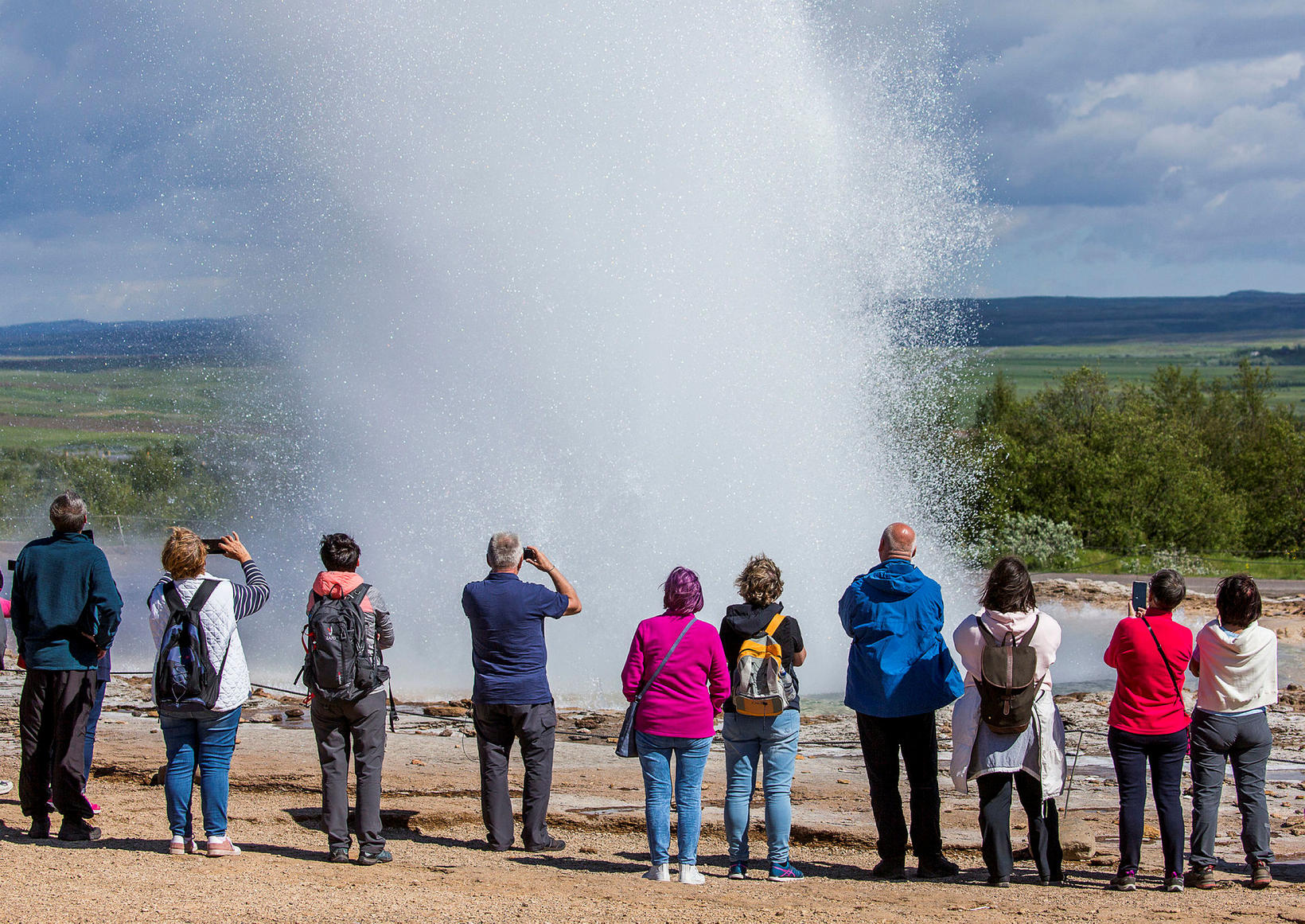Border Testing Reaching Maximum Capacity
More than 2,000 people a day have been tested for the coronavirus at Icelandic borders for the past two days, thereby exceeding the maximum number of tests that the Icelandic health care system was expected to be able to handle when border testing began in June.
Chief Epidemiologist Þórólfur Guðnason tells Morgunblaðið this is reason for worry.
He explains that the number 2,000 is not precise, as Landspítali National University Hospital, which conducts the testing, has pointed out. “In recent days, this number has been exceeded, which is reason for worry, but as of yet, I haven’t heard complaints from Landspítali,” he states.
Passengers from so-called ‘low-risk areas,’ that is, Germany and all the Nordic countries except Sweden, are exempt from testing at the border. Passengers from these countries make up a large part of tourists who visit Iceland this summer.
That, and the fact that children born in 2005 and later are exempt from testing, explains why only 2,035 of the 3,400 passengers who arrived Sunday had to be tested for the virus.
Given these numbers, it is clear that there is next to no leeway for moving low-risk areas back to the list of high-risk ones, should these areas see an increase in the spread of COVID-19. This has indeed happened already in Denmark, where the number of new infections per 100,000 people for the past 14 days is 10.6, exceeding the reference number of 10 that health care officials like to use. In addition, active cases in the Faroe Islands are now 37, which is a considerable increase from before.
“It is clear we cannot increase testing to any extent, under the circumstances, unless we in turn remove some countries [from the list of high-risk areas],” Þórólfur states. It is up to authorities to make final decisions regarding the list, he adds, but from a disease prevention perspective, he believes it would be careless to let more people into the country without being tested, unless they arrive from countries that are considered safe.
Altogether, 105,000 people have arrived in Iceland from abroad since border testing began June 15. Close to 70,000 have been tested for the coronavirus, and 27 have been found to have an active case of COVID-19 when tested at the border. Among the 27 cases, most of them, or 11, are people residing in Iceland, followed in number by residents of Denmark and Germany.
For all the latest information on COVID-19 in Iceland, visit covid.is.








